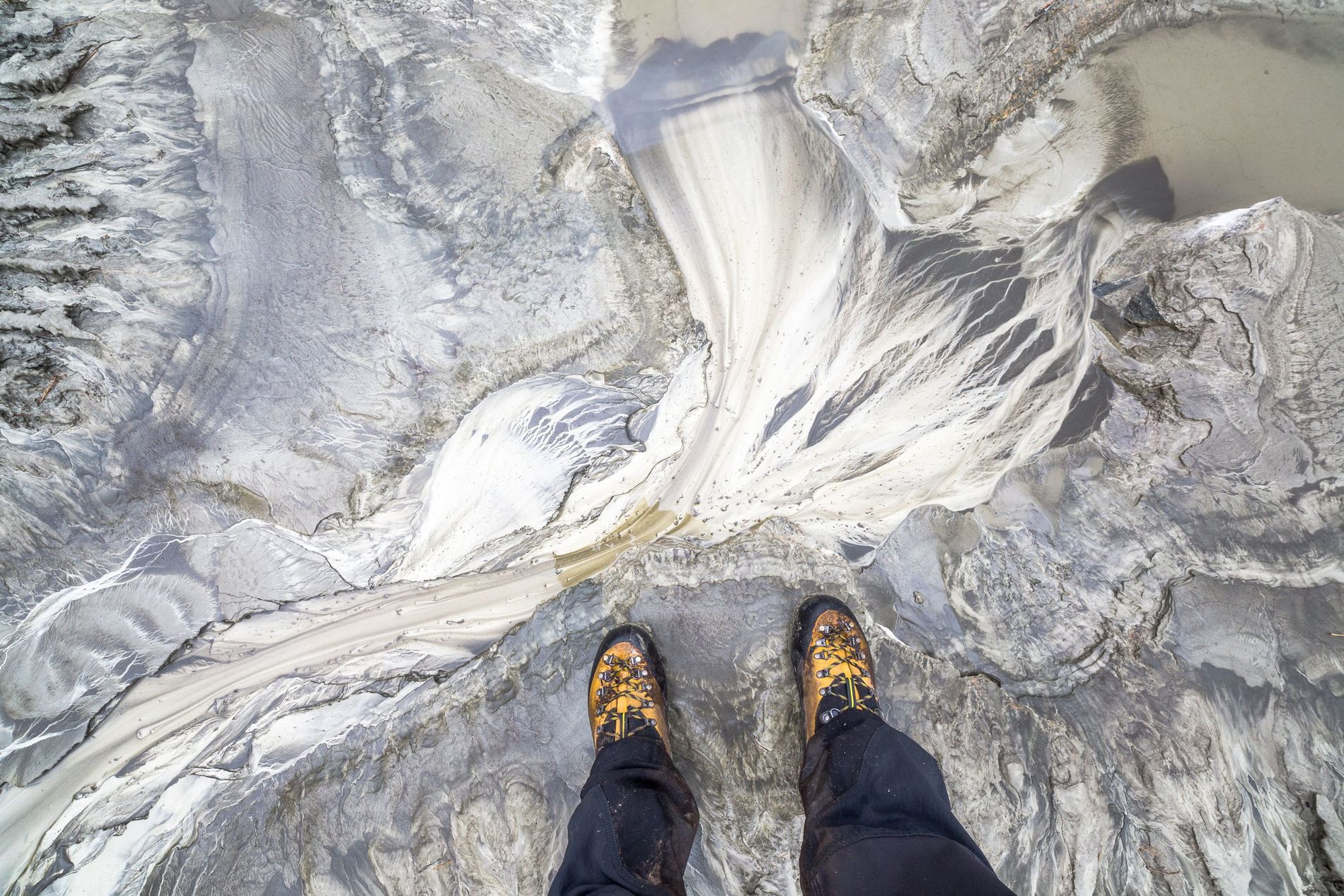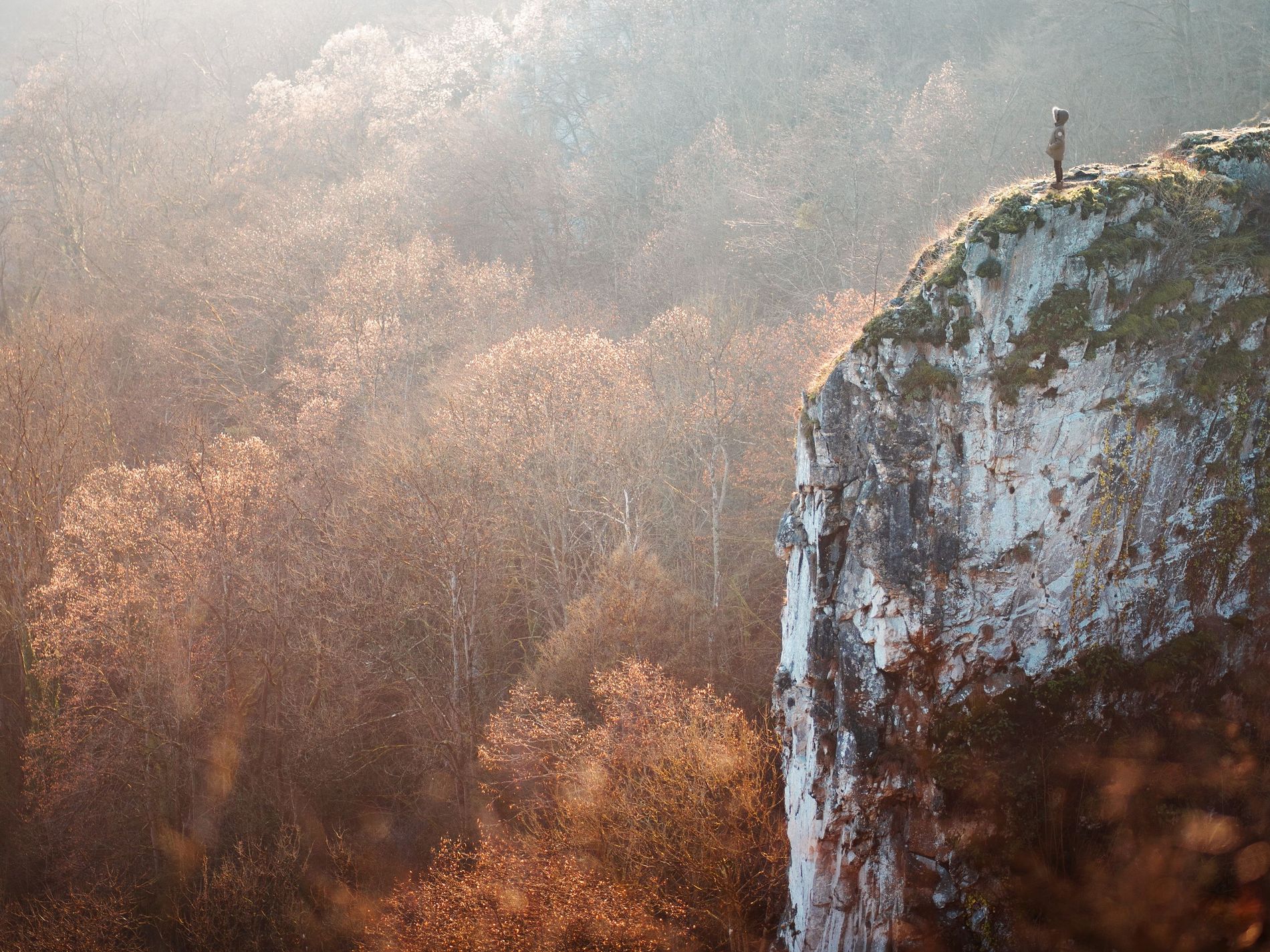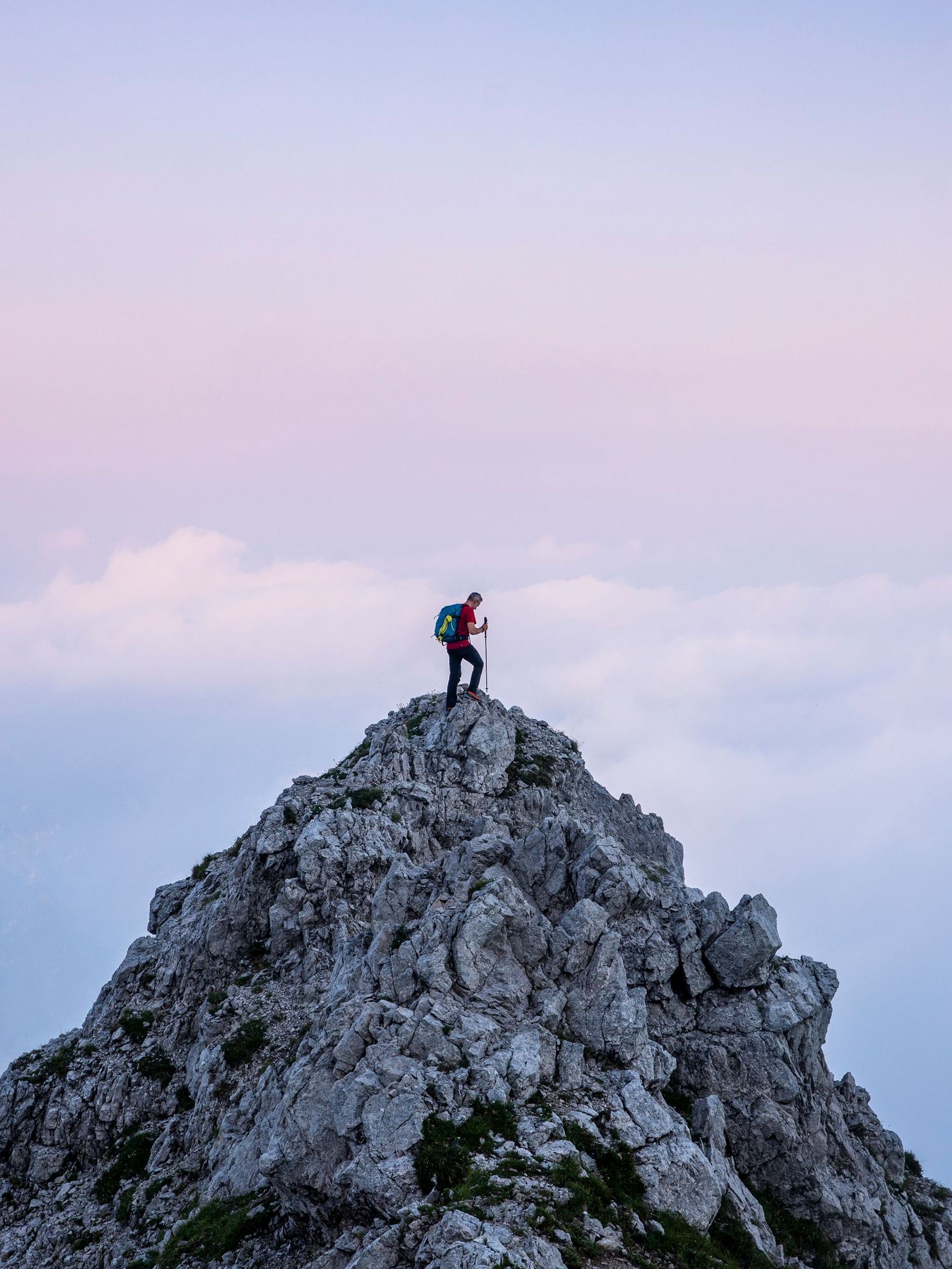In order to see yourself as you could be, you should consider stepping that much closer to the edge
Earlier this year in Motala, 103-year-old Rut Larsson broke the world record for the oldest tandem parachute jump, while listening to Lasse Dahlquist’s ‘Go Up and Try Your Wings’. She reportedly discovered her love of adrenaline sports at 90 years of age, and has since gone ballooning, paragliding and parachuting. “It was wonderful to do this, I’ve been thinking about it for a long time,” she joyfully told reporters gathered afterwards.
Larsson’s record-breaking free-fall flies directly in the face of convention. According to a study by Norwegian sociologist Gunnar Breivik that evaluated risk-taking attitudes and behaviours, modern welfare societies, such as our Scandinavian countries, generally consider risk as something to be avoided; if not at all costs, then at least in most circumstances. Unlike highly individualistic societies, this resistance towards risk can be attributed to a collective unwillingness to possibly cause unnecessary hardship on one’s neighbours. The sentiment is even more strongly held the older a person gets, and if they are a woman.
However, like the centenarian who willingly jumps from a plane for no other reason other than feeling like it, is there good to be gleaned from doing what even we, ourselves, feel is reckless behaviour? Is there a benefit we miss out on by not stepping closer to the edge? Even if it's little more than a shuffle at times...

Photo: Getty
Though there is a general unwillingness to exercise risk-taking in areas of life where we are most vulnerable — such as physical, economic, ethical and existential spheres — us Scandinavians are not desiring of a life completely free of risk. “There are many lenses to possibly peer through to understand what the good is in taking risks,” Stockholm-based psychotherapist Mitchell Smolkin explains. “Just think of the technology sector, where Swedes invented Bluetooth and Spotify, and where it is known as a flexible and risk-taking environment.”
Risk is how we become more than we were. “In terms of human development, we may lean on the great Western philosopher, Hegel, who understood history as a process of thesis, antithesis and synthesis,” Smolkin says. “So rather than remaining static, there is some kind of very deep movement that dynamically propels us to break down old habits and ways of understanding things, towards revolution in our thinking and behaviour.”
This process of breaking down and being remade anew may be a necessary part of progress, but also, as Smolkin points out, the danger is breaking down past the ability to evolve, of taking risk to the point of destruction.

Photo: Getty
“We have examples in our historical texts for the same phenomena,” Smolkin says. “For instance, the plagues in Egypt where Pharaoh had enslaved the Jews […] the text reads that ‘Pharaoh’s heart was hardened and he could not turn back’, a risk which led to the death of Egyptian firstborns. It may seem like a stretch to use [the account of the Egyptian firstborns' deaths] as a comparison to risk-taking, but there is a way where these monumental risks carry a dark side; pain, discomfort, and often, death,” he says.
Smolkin doesn't limit his exploration of risk to the purely academic. This past summer he participated in the Rockmann Swimrun race, set on a gruelling course that includes climbing two fjörds and swimming across them over the course of several hours. But for the urgent warnings of his fellow competitors, a rogue boulder may have very well caused grievous harm; he narrowly escaped injury or worse.
Of this desire to break down our old habits and start anew — and risk more than appears reasonable to the more cautious of us — few are more famously more willing in recent memory than Norwegian mountaineer, Kristin Harila. Had permits for climbing the last two peaks not been recently denied by Chinese authorities, Harila would have surely broken the world speed record for ascending all of the world’s 14 highest mountains. “I was just like, ‘I need to,’” Harila says over the phone about her decision to quit a lucrative job to pursue this record. She is an inspiration to anyone who ever wanted to remake themselves over. “I was just working, working, working, working… ‘I just need to leave, it’s not right here anymore.’”

Photo: Getty
In addition to the economic risk she shouldered — Harila sold her Oslo apartment to at least partially fund her expeditions — there are, of course, the well-documented physical risks of mountaineering. Climbers expose themselves to the risks of falling, natural disasters such as landslides, and the consequences of extreme altitudes that can result in hypothermia, among other conditions. Still, one gets the sense that Harila felt it more a risk not to climb those peaks than it was to negotiate the inherent risks of mountaineering, and at record pace.
Related: How the Finnish concept of 'sisu' can help you overcome seemingly insurmountable challenges
“I feel more alive and free when I’m in the mountains, and closer to nature,” Harila says. As soon as she can secure the permits, Harila will take on the two remaining peaks, Shishapangma and Cho Oyu, which eluded her on her recent record bid – twice. Then she plans to reclimb the 12 peaks she already summitted this year, in a new goal to be the fastest person to climb all 14 highest peaks in the world twice over. “I felt that I needed to make some big changes in my life. I quit this well-paid job and didn’t have anything to go to… I just needed to do it.”
Again, Dahlquist comes to mind. “Go up and try your wings, and feel how wonderful it is,” he implores. And if Larsson and Harila are anything to go by, more women around Scandinavia are heeding the call. If for no other reason than feeling a longing or simply wanting to see oneself differently. “Age and things like that don’t really matter,” Dahlquist's song continues, “so go up and try your wings and feel how wonderful it is.”
How to be bold in your everyday
It isn’t necessary to skydive or summit mountain peaks to capture some of the transformative power of risk-taking. Try these:
- Challenge the perception you have of your physical limitations. Whether it’s rock-climbing, biking or endurance running, we can often push ourselves further than we think.
- Offer your opinion in meetings. Rather than holding back for fear of embarrassment, make your voice heard, and reaffirm to your colleagues — and yourself! — the value of your professional expertise.
- Compliment a stranger. Don’t waste an opportunity to exercise your kindness.
- Learn something new. Actively seek out new hobbies or skills; it’s never too late to reinvent yourself.
